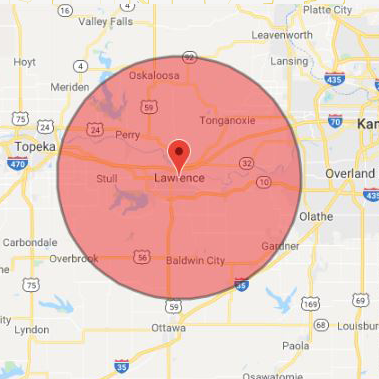Glossary of Guttering Terms
30+ Years of Experience | Competitive Rates | FREE Estimates
30+ Years of ExperienceCompetitive RatesFREE Estimates
Common Terms Used in Our Industry
- Downspout
A pipe that carries rainwater from a roof gutter down to a drain or to the ground.
- Drainage
A system of gutters and drainpipes that carry water away from the foundation of a house.
- Drip-Edge Extension (Also Called Back Flashing)
Prevents water from washing over the fascia and eventually causing it to rot. If your fascia boards have black streaks on them, that usually means that the drip-edge is failing and the contractor may suggest adding an extension for an additional charge.
- Drop Outlet
A formed piece that serves as the hole from which the water travels from the horizontal section of the gutter to the downspout.
- Elbow
Pre-finished angled piece for directing water flow.
- End Cap
Flat, formed piece that is placed at the end of a gutter section.
- Fascia Angle
If there is any fascia board that is angled to follow the roof rafters, there is usually an extra charge.
- Fascia Board
A flat board that runs horizontally along the eaves of a roof, typically capping the ends of the roof rafters to give the roof edge a more finished look and provide a base for attaching gutters.
- Fascia Replacement
New gutters need a solid fascia surface upon which to be mounted. If rotted boards need to be replaced, there is a charge per linear foot. Fascia boards narrower than 3" in width must be built out to provide proper support for hanging your new gutters and require an additional charge per linear foot.
- Gauge
The thickness or the gauge of the gutter is very important. Primary aluminum is the thickest and most consistent available. The gauges range from .019" to .032". The optimal thickness is .032", so when buying aluminum gutters, insist on primary aluminum, which is the best.
- Gutters
Horizontal channels installed at the edge of a roof to carry rainwater or melted snow away from the house.
- Hanger
Metal bracket installed on fascia to hold up a horizontal section of gutter.
- Inside Mitre Box
A corner piece of the horizontal section that is deflected in.
- Leader
A pipe that carries rainwater from the gutters to the ground, sewers, or wells.
- Mitres (Corners)
When a company fabricates the corners on-site using the same material as the rest of the house, the advantage is that there is one seam instead of three and it’s a cleaner look overall.
- Outside Mitre Box
A corner piece of the horizontal section that is deflected out.
- Pitch
The angle at which a horizontal section of gutter is tilted in order to force water to flow toward a downspout.
- Run Height
The height (in stories) at which each gutter run will be located (first story, second story, etc.). This is used to determine the length of downspout needed.
- Run Length
A straight section of gutter mounted against the fascia board. It’s measured in linear feet, which measures the same as regular feet.
- Seamless Gutter Machine
The chosen gutter material is rolled through the forming machine to create a continuous piece of gutter that is custom-sized to fit your home.
- Splash Block
Plastic or concrete surface put under a downspout to direct water away from the house.
- Strap
Flat hangers that are nailed into the house to hold the downspouts in place.
Our Facebook Feed
Our Service Area

